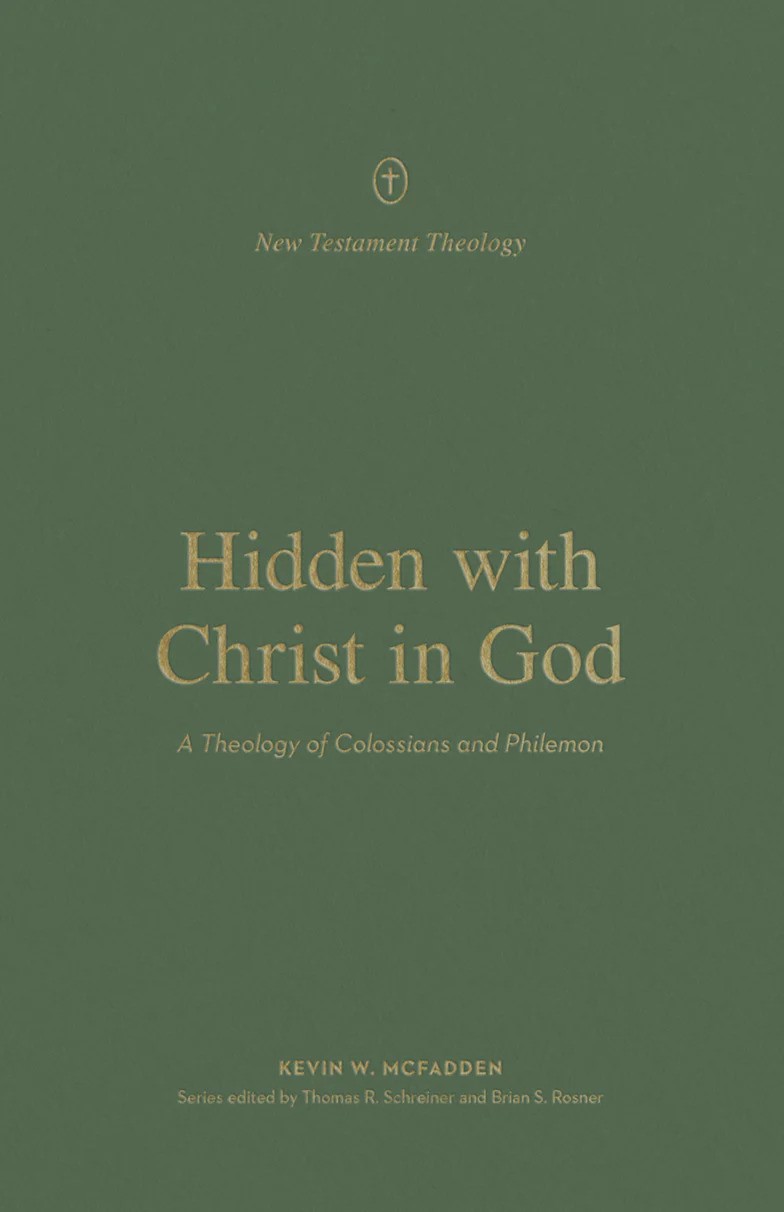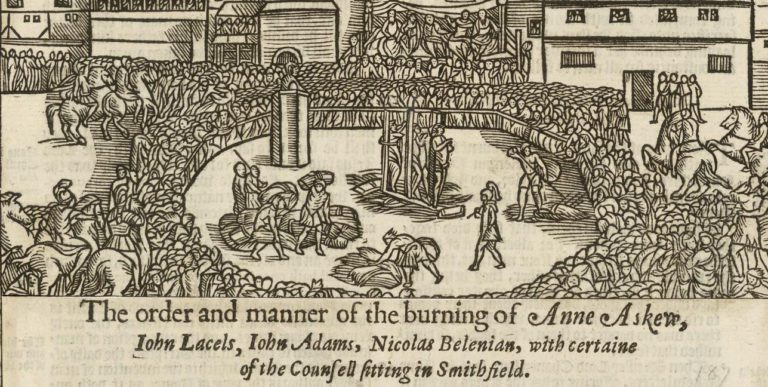When we read the Bible, sometimes we read like tourists and sometimes we read like explorers. Tourists tend to look for the main sights, the big-ticket items, while explorers get down and dirty, searching out the byways and backstreets, immersing themselves in the detail.
Most commentaries are of the ‘explorer’ variety. Usually, they have a tourist section at the front, but this is often very general.
Crossway’s New Testament Theology series presents what I would call a ‘tourist enthusiast’ view. Although not pretending to be full-blown, they deal seriously with the text as they present a detailed summary of its theology centred on a particular theme. They are a tour guide—extended edition.
One such tour guide is Hidden With Christ in God: A Theology of Colossians and Philemon. Author Kevin W. McFadden sets the scene for his examination of the two letters in his opening chapter entitled, ‘Hope in Difficult Circumstances’. This title gives a clear indication of his overall homiletical thrust. The difficult circumstance in Colossians is the temptation to look elsewhere than the Christian faith for fear of missing out, while in Philemon it is a delicate pastoral situation. In both letters, the Apostle Paul holds out the hope found in the person and work of Christ.

Hidden with Christ in God: A Theology of Colossians and Philemon
Kevin W. McFadden
Hidden with Christ in God: A Theology of Colossians and Philemon
Kevin W. McFadden
Is our hope in the gospel of Christ sufficient for our every need? After reflecting on this question during periods of difficult earthly circumstances, Paul wrote two letters to express the hidden hope ‘laid up for you in heaven’ (Col 1:5) and found in the person of Christ.
In this volume of the New Testament Theology series, author Kevin W. McFadden focuses on the specific teachings of Paul to examine the theology and themes of Colossians and Philemon. While reading this comprehensive yet concise study, believers will learn what it means to live a Christ-centered life as they explore Christ as hope, our knowledge of God, and our life above in heaven and here on earth.
The Unifying Theme
McFadden’s commentary centres on Christology. In four chapters he outlines what Colossians teaches about Christ—our hope, God’s Son, our life above, and our life below. These chapters roughly follow the contours of the letter to the Colossians but do not slavishly exegete it.
The book’s heart is its discussion of ‘Christ as God’s Son’, where the ‘hymn’ of Colossians 1:15–20 is carefully worked through. This is a clear but often dense account and takes time and careful reading to fully digest (just like the passage itself). A rich exposition, McFadden shows how Paul convinces the Colossians and us to see Christ in all his fullness and glory and therefore not to look beyond him for wisdom or hope; to embrace his pre-eminence and thus sufficiency for our lives.
The eschatological perspective of Colossians is also acknowledged and helpfully discussed as McFadden helps us consider the implications of having our lives hid with Christ—both as we await the final fulfilment of everything and as we live our lives today. We are empowered to live in a manner that reflects the reality of our sure future with Christ. Colossians explores these ideas in terms of putting earthly behaviours like lying and anger to death; putting on virtues mirroring Christ’s life such as kindness, humility, peace, and love; and living to please God in every sphere of life.
The fifth and final chapter explores the implicit Christology found in Paul’s letter to Philemon, which McFadden argues undergirds Paul’s response to the situation between Philemon and Onesimus. Here, Paul focusses on applying Christ’s reign in a particular area: the relationship between slave and master. McFadden suggests that a key dynamic of the letter is understanding that Christ as the believer’s Lord and object of faith is ‘knitting Paul, Onesimus, and Philemon together in love’ (88). Paul is convinced that Christ can bring believers together, even in this most difficult situation.
More Please?
The Christological focus means some other areas of interest may feel a little underdone. For instance, McFadden includes two discussions of slavery with respect to both Colossians and Philemon. This is essential given the difficulties of the topic for a modern audience, but the discussions are inevitably truncated due to the pressures of the series format. Similar truncation occurs in some of the other ethical discussions, especially around Colossians 3–4. Often the text is simply restated or McFadden reverts to listing. This can prove frustrating if you are looking for a more extended application of Paul’s teaching on husbands and wives or parents and children, for example.
I was a little disappointed that more wasn’t made of the lengthy list of greetings in Colossians 4. This is a neglected passage and perhaps there was a point to be discussed about the unity of believers in Christ, whether in spatial proximity or not. But then, a detailed treatment of everything is not what was promised. Rather what was promised was a discussion of the overall theology of the books through the lens of Christology and this is delivered.
The Benefit of this Book
The series is aimed at students, preachers and interested laypeople. My take is this volume veered more towards the student end of this spectrum as a first reference point. I think it will help preachers to the extent it compiles the Christological material in the letters and joins the dots to other Pauline teaching; chapter 2 will help the preacher in more detail with the Christ hymn. When it comes to understanding other sections of the letters, preachers will find themselves looking more widely.
That said the book is a reliable and stimulating guide to Paul’s thinking about Christ and for that we can be grateful.















